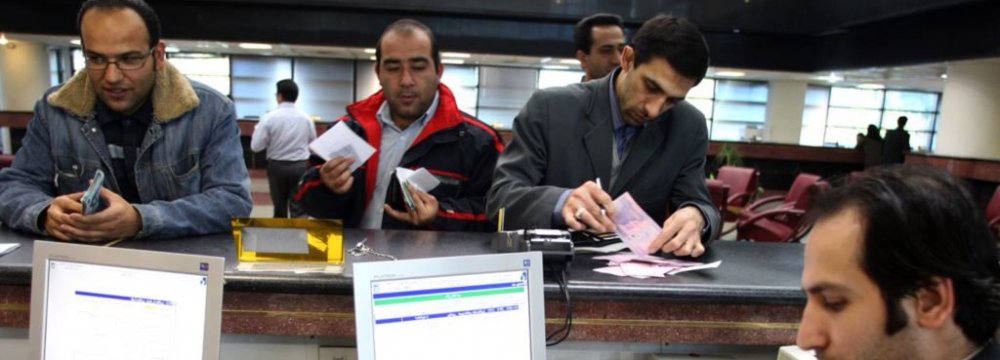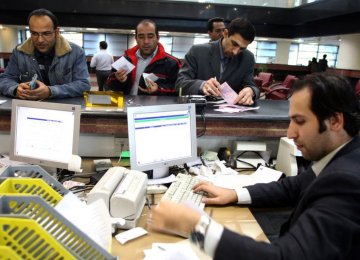Private banks and credit institutions are in favor of lowering interest rates and they are currently holding negotiations in this regard with financial authorities, especially the Central Bank of Iran and the Money and Credit Council, the head of the Association of Private Banks said.
“State-owned and private banks both tend to continue the implementation of MCC’s directive as it set bank interest rates at 15% for time deposits,” Kourosh Parvizian was also quoted as saying by the news website of Iran Chamber of Commerce, Industries, Mines and Agriculture.
However, he emphasized that interest rate limits should encompass investments in all economic sectors and not just the money market.
Back in June, CEOs of private and state-owned banks agreed to lower long-term deposit rates from 18% to 15% with short-term rates set at approximately 10%. Later, the Money and Credit Council–the body that has the final say on financial matters–approved the cut.
However, the Central Bank of Iran has announced that it seeks to fix the interest rate approximately 2-3% higher than the inflation rate, which was around 9.84% for the Iranian month ending May 21.
Talks for lowering interest rates were postponed due to the presidential elections in May but are expected to resume in the foreseeable future. Sky-high lending rates–officially set at 18%–but often reaching 22%-plus when hidden fees are accounted for–are the main cause of complaint among businesses that say lending from banks is no longer viable given the country’s sluggish business climate.
According to Parvizian, who is also the chief executive of Parsian Bank, when major players of the Iranian banking system will next convene, addressing the recurring dilemma of interest rates will top their agenda.
The meeting was supposed to be held in the early days of the current Iranian month that began on May 22, which has not apparently taken place yet.
“CBI regularly holds meetings in which it collects data from banks, credit institutions and specifically ICCIMA. In view of this information, the policymaking body implements reforms in money market, as it did recently by announcing capital rules for banks,” he added.
The new capital rules are aimed at enhancing banks’ capital adequacy ratio in line with international standards and promoting the stability of banks, which will accelerate the development of international relations in line with banking reform guidelines. The new guidelines replaced the old ones that MCC had approved in 2003.
Rate Observance
The head of the Association of Private Banks referred to participatory bonds that the government issued in the final months of the previous Iranian year (ended March 20, 2017), noting that they had higher yields than banks’ interest rates.
“They affected the money market but their yields moderated in the current year to some extent. However, further measures are required to narrow the gap between participatory bonds’ yields and interest rates approved by MCC,” he said.
“There are also a number of companies that try to absorb investments by offering exorbitant interests–even higher than 24%–in the name of commodity sales,” he added, noting that related ministries are expected to organize them and bring their interest rates down to conventional levels.
Parvizian was apparently referring to interests paid on down payments by automakers, which provoked the ire of bankers.






Add new comment
Read our comment policy before posting your viewpoints